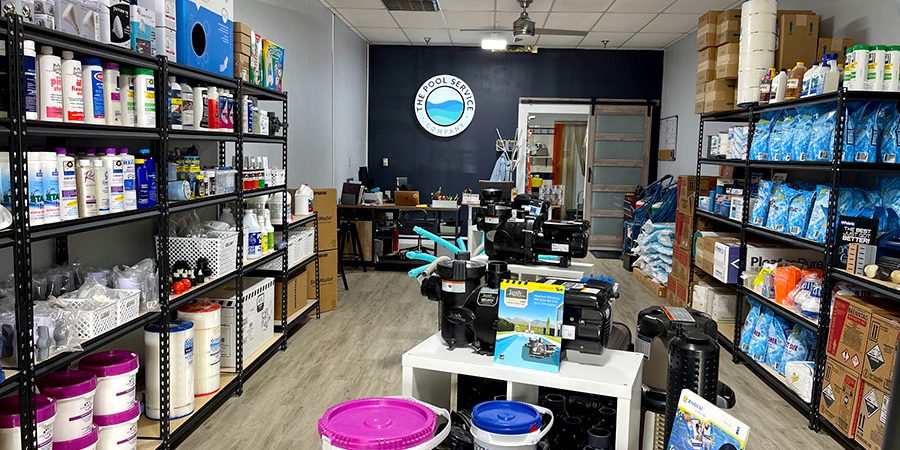Finding a pool leak can be a tricky and time-consuming task, but with the right tools it can be done quickly and more accurately. Here are some of the professional tools needed to find a pool leak:
- Pressure Test – This test involves filling the pool with water and then checking for any changes in pressure which could indicate a leak. It is important to know the exact water pressure in your pool before conducting this test, as any variation in the level could mean that a leak is present.
- Infrared Camera – An infrared camera can detect even the smallest of leaks by detecting changes in temperature. The camera uses invisible infrared light to pick up on heat patterns created by air or water escaping from an undetected crack or opening in the pool liner, indicating a possible leak.
- Ultrasonic Leak Detector – This tool is used to identify holes or cracks in pipes that may be causing leaks by using sound waves to detect vibration caused by escaping air or water from hidden cracks within the pipes.
- Dye Testing – This method involves introducing harmless food-grade dyes into the pool which will travel through any existing leaks and therefore make them easier to spot without having to drain the entire pool first.
- Vacuum Test – This test helps determine if there are any large leaks present by measuring how quickly water is being vacuumed out of an area of concern versus another area that does not have a suspected issue. If there is a difference in speed between vacuuming these two areas then it could suggest that there is a large hole or crack somewhere leaking considerable amounts of water out of it.
- Automated Leak Detection System – These systems use specialized sensors placed around the swimming pool perimeter, or submersed beneath its surface, which measure both moisture levels and temperature variations that may hint at potential leakage locations along with other data such as pH levels or salinity readings depending on what type of system you use.
- Drone Cameras – Drone cameras equipped with visual and thermal imaging technology can help pin down small leaks as they are able to cover larger areas than traditional methods while still providing detailed images for analysis when necessary. They also allow for remote observation so you don’t have to get into potentially dangerous situations just to check for small leaks around your swimming pool perimeter walls and floors (which sometimes happens especially if you have an outdoor model).
- Hydrophone Listening Device – A hydrophone listening device works much like an ultrasound tool but instead listens for tiny vibrations due to escaping air at certain frequencies rather than just detecting changes in temperature via infrared cameras; allowing technicians to distinguish between active leaks versus those that may have already been repaired due to their differing waveforms/frequencies emitted from each one respectively.
- Hydrostatic Level Measurement – By measuring differences in pressure between two different depths inside your swimming pool, hydrostatic level measurements can help pinpoint where exactly the leak exists since high pressure outside would cause low pressure inside if there were an opening somewhere along its wall or flooring; thus making it much simpler for technicians/repair personnel who need accurate information fast when dealing with complex cases involving major structural damage caused by significant leakage over long periods of time (such as those found during routine maintenance checks).
- Flowmeters – To quickly ascertain whether or not there are any blockages, clogs, narrow spots, etc., located anywhere within your plumbing system flowmeters can be inserted into specific points along its length which measure volumetric flow rates; signaling when something isn’t quite right so menial tasks such as replacing worn-out seals no longer require hours upon hours spent inspecting every corner until something suspicious comes up (which usually happens too late anyway).


